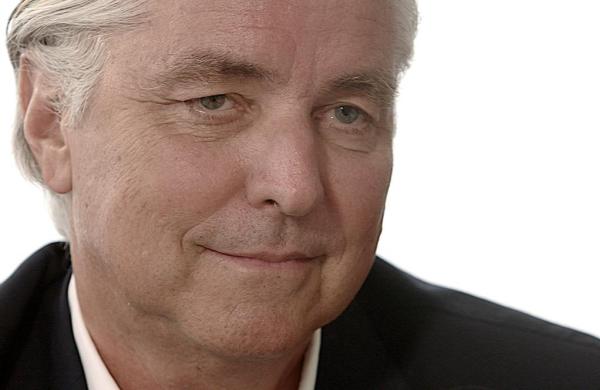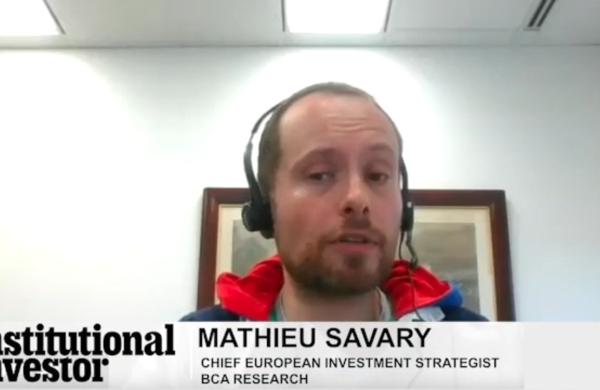Mourning the end of the good old days when you could buy a house with little or no money down? In Venezuela that party is just getting started.
In August the government issued 26 presidential decrees, including one that allows banks to offer 100 percent mortgages. Considering the global financial meltdown unleashed by the U.S. subprime crisis, the new law has few enthusiasts among Venezuela’s private sector lenders. “Many banks will refuse to offer 100 percent mortgages in a country where interest rates are capped and annual inflation is set to exceed 30 percent,” says Patrick Esteruelas, a New York–based Latin America analyst at Eurasia Group.
But that may not matter once President Hugo Chávez completes his latest nationalization scheme. In late July the public — including the banks’ bosses — learned from a speech on live television that Chávez planned to nationalize Banco de Venezuela, a subsidiary of Spain’s Banco Santander. The financial services industry is one of the country’s few major economic sectors that is still largely in private hands, and the nationalization of BdV — the country’s third-largest lender, with assets of $11.5 billion and 285 branches — would give Chávez a powerful tool to promote his lending policies.
Increasingly uneasy with the political and economic climate in this oil-rich country, Santander has made no secret of its desire to sell BdV. Santander was in the midst of negotiating a sale to Venezuela’s fifth-largest bank, privately owned Banco Occidental de Descuento, when Chávez said he wouldn’t approve the deal. “I said, ‘No, I’ll buy it from you — what’s it worth?’” the president recounted to viewers. “We’re very much in need of a bank of that magnitude.”
Financial analysts estimate BdV’s worth at anywhere between $1.6 billion and $2.5 billion. According to the Superintendencia de Bancos y Otras Instituciones Financieras, Venezuela’s bank regulator, the bank had 2007 net income of $326 million on assets of $13.1 billion, up from $211 million and $8.4 billion, respectively, in 2006. It accounted for €118 million ($171.6 million), or about 2.3 percent, of Santander’s net profits in the first half of this year. Press reports said Banco Occidental initially offered Santander just $1.2 billion for the subsidiary. “That price tag has become a relevant benchmark for the government,” says Ben Ramsey, a New York–based analyst who covers Venezuela for JPMorgan Chase.
Last year, Chávez extended state ownership to the oil, telecommunications and electricity sectors. The banking industry’s compliant attitude toward his populist policies has kept him at bay — until now. “The private sector banks have done everything the government has asked of them,” says Franklin Santarelli, a New York–based analyst who covers Latin American financial institutions for Fitch Ratings. From 2003 to 2007 the total value of bank loans in the country jumped by a whopping 400 percent, to 1.05 trillion bolivares ($49 billion). The spike was largely driven by oil-stimulated GDP growth that has averaged 11 percent annually for the past four years, a cap on interest rates and government-favored forms of lending such as microfinancing, mortgages and agriculture loans. The country’s ten state-owned banks account for 13 percent, or $12 billion, of deposits. Adding BdV will bump that to 24 percent and will reduce the share of foreign banks to 15 percent of total assets.




